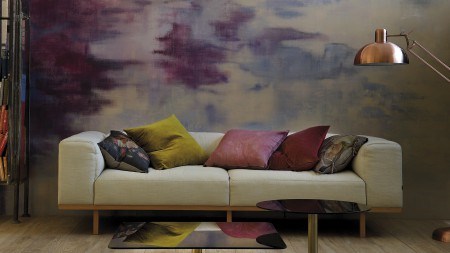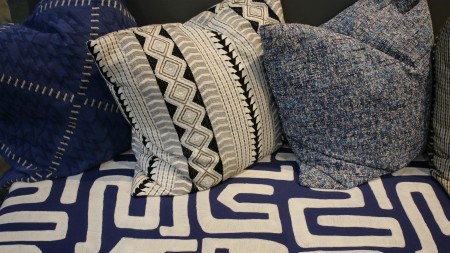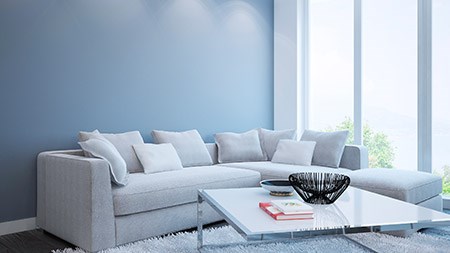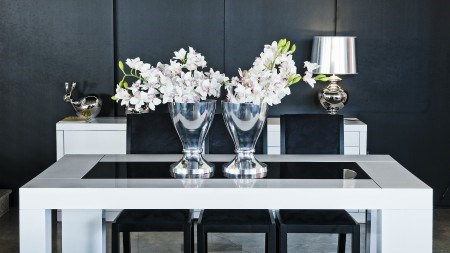Colour is the most important design element in creating the mood and atmosphere of a space. It is the first thing we notice when we enter a room
Each of us is unique having our own favourite colours and preferences, based on our personal colouring and the colours we grew up with. However, each and every colour has an energy that affects us whether we like that colour or not.
Understanding the energy each colour has can help you create the desired mood in your home. The good news is there are many tints and shades of each colour, so even if you don't like a particular colour there is bound to be a tone you do like when looking to create a certain mood.
Red
Red symbolises strength, vitality, passion and excitement. A great colour to introduce in a space that needs a lift or a bit of drama. Red is best used in rooms where activity takes place, such as kitchens, dining rooms, passages and reception areas.
Pink
When you add white to a colour you soften the energy. While red is passion, pink is more romance. Pink relaxes the emotions and creates a feeling of security, it is suitable for bedrooms, bathrooms and relaxation areas.
Orange
Orange represents enthusiasm, creativity, confidence and a positive attitude. Orange also stimulates the appetite and aids digestion making it the ideal colour for kitchens and dining rooms. It is often used in restaurants as it looks wonderful in candlelight. If orange is not your favourite colour try to find a tone of orange that you like - terracotta and peach are both colours that contain an orange glow and have the positive qualities of that colour.
Yellow
Represents the colour of sunshine and is bright and uplifting. Yellow stimulates the brain helping you to think more clearly. The colour closest to natural light, yellow exudes cheerfulness and happiness.
Ideal for use in the kitchens and dining rooms, it can also be used in family rooms. The softer buttery tones are best for bedrooms.
Green
Green is closely linked to nature and promotes balance and harmony. It soothes the emotions, relieves tension and has a relaxing and calming effect on us physically and mentally.
Blue
Blue has a gentle, calming and relaxing effect on us. It helps us feel protected from the hustle and bustle of a busy day and is best used in rooms you want to create a relaxing and peaceful atmosphere. - such as bedrooms and bathrooms.
Purple
Purple is an inspirational colour related to spirituality, self-respect and dignity. It is also a very creative colour and many composers and artists like to be surrounded by it while working. Other areas where purple, lilac and lavender can be used are bedrooms, studies and waiting rooms.
When you match the mood you want to create with the colours that you love you have a winning combination.
For more hints and tips on creating a beautiful home with colour visit coloursense.co.za





